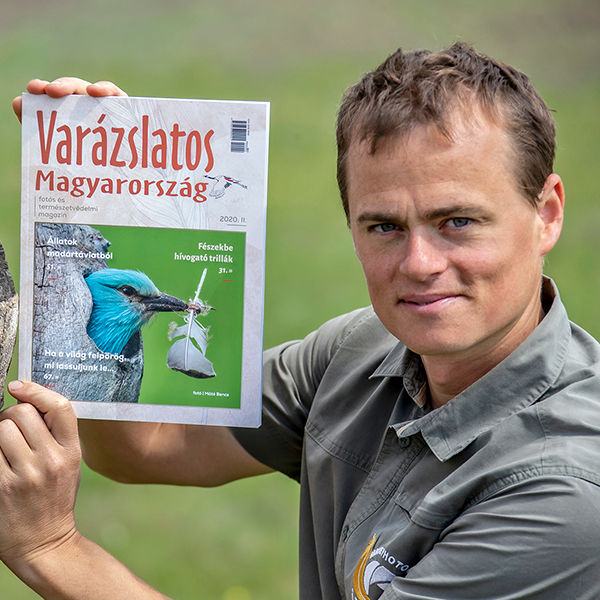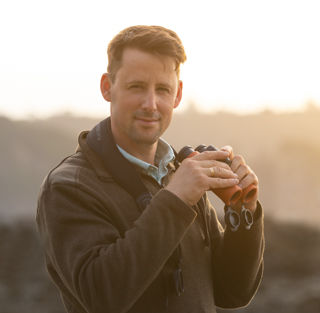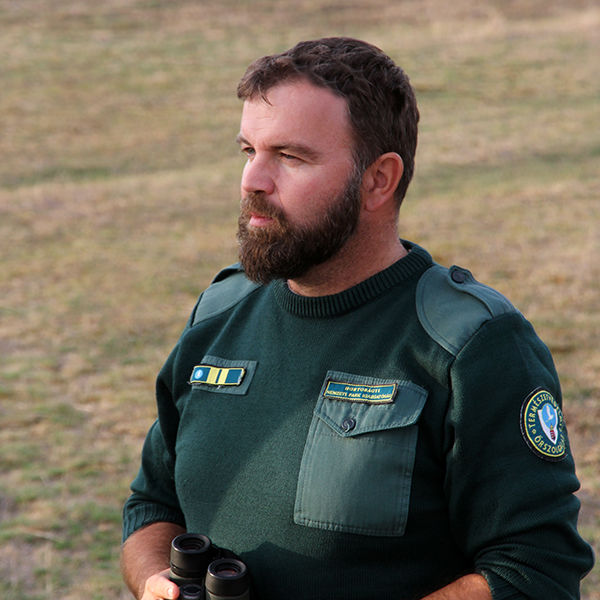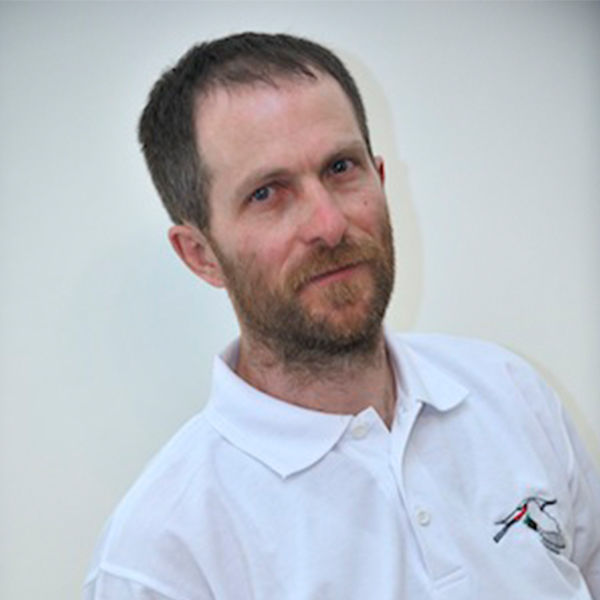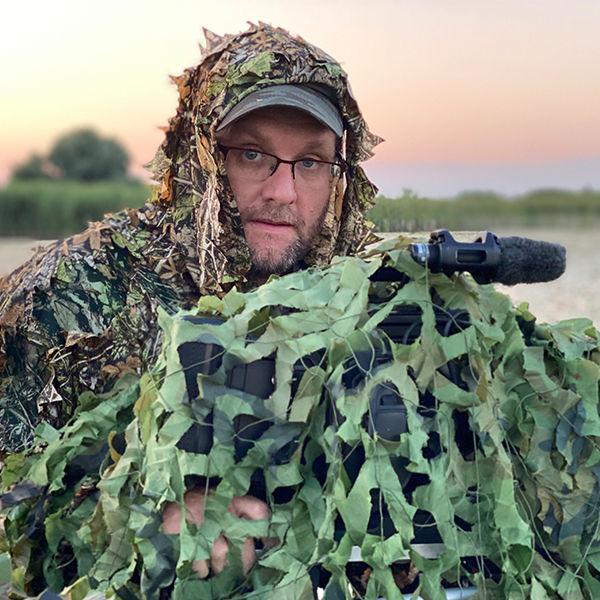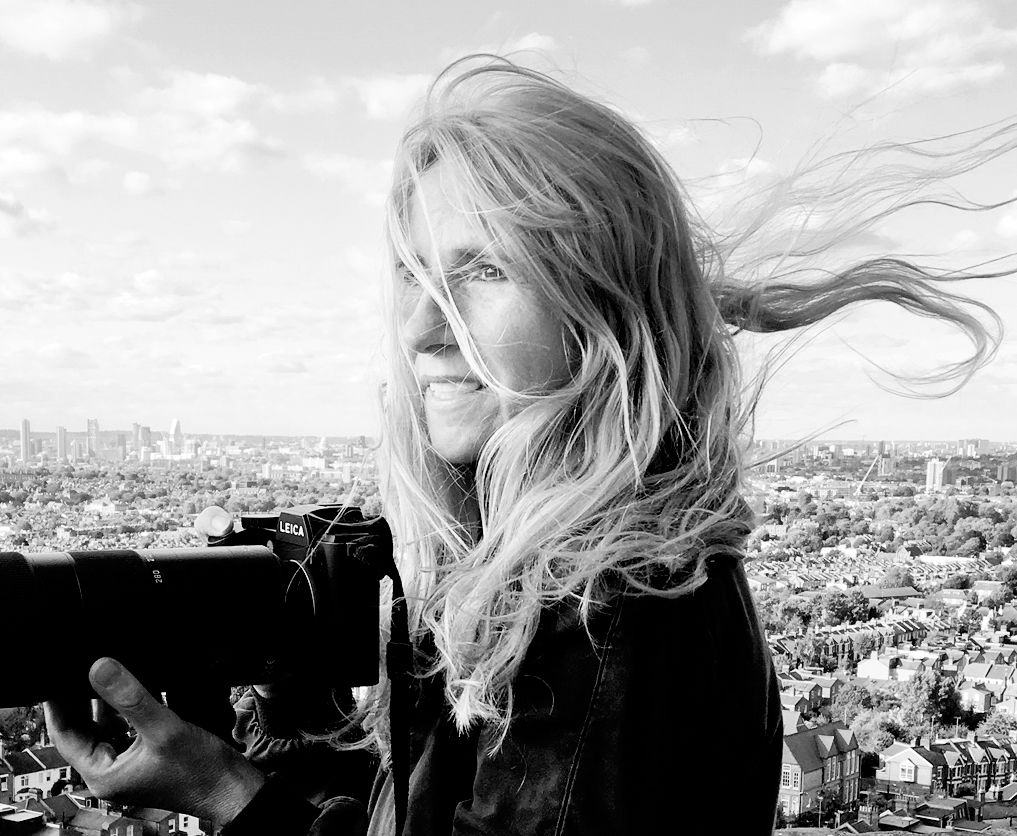
Britta Jaschinski
Britta Jaschinski grew up in Germany and currently lives in London. Known for her unique style of photojournalism, she has been named one of the most influential photographers of our time. She has won numerous international awards, her works are published by National Geographic Magazine, Stern, Spiegel, WIRED, The Guardian, Greenpeace Magazine, WWF Media and many other magazines and newspapers. Her photos are exhibited in galleries and museums over the world. Her inspiring work aims to help bring an end to the illegal wildlife trade in our lifetime and to explain how all life on earth is interconnected and interdependent. She presents both the beauty and fragility of nature. Britta is the co-creator and co-editor of the highly acclaimed campaign and award winning book initiative: “Photographers Against Wildlife Crime”. She joined forces with other photographers, to use their iconic images to help stopping the illegal wildlife trade. The project brought together some of world’s best visual story tellers and the campaign is making a valuable addition to a constructive dialogue among influencers, law and policy makers worldwide, and even in Asia, about the need to end the demand for wildlife products. She is regular jury member of the German GDT competition, the British Wildlife Photographer of the Year and the World Press Photo competitions, and in 2023 she is also a member of Magical Hungary nature photo competition.
